The Paris Metro, officially known as “Métro de Paris”, is the underground transportation system in the capital of France. Inaugurated on 19 July 1900, has evolved significantly over time, with its latest expansion in 2022.
The system has 16 lines that connect 208 stations, covering 226.9 kilometres (about 140.99 miles). It is a fundamental pillar for the daily transportation of millions of Parisians and tourists who visit this vibrant city..
Schedules
The Paris Metro operates with the following schedules:
- Working days and holidays: of 5:30h a 1:15h.
Rates
The Paris Metro fare system offers several options:
- One-way ticket: 1.90 EUR (~2.08 USD) for a single trip.
- Notebook of 10 Tickets: 16.90 EUR (~18.52 USD).
- Navigo: weekly and monthly passes that offer unlimited trips within the network.
Official Web site
For more information, visit the official site of the Paris Metro.
- Unofficial website of the Paris Metro (Easier to use).
- Official website of the Paris Metro.
- Selling tourist tickets Paris (English Version).
Metro Map
Below we show you the map of the Paris Metro. The most up-to-date Paris metro map can be found on the website www.planmetroparis.net.
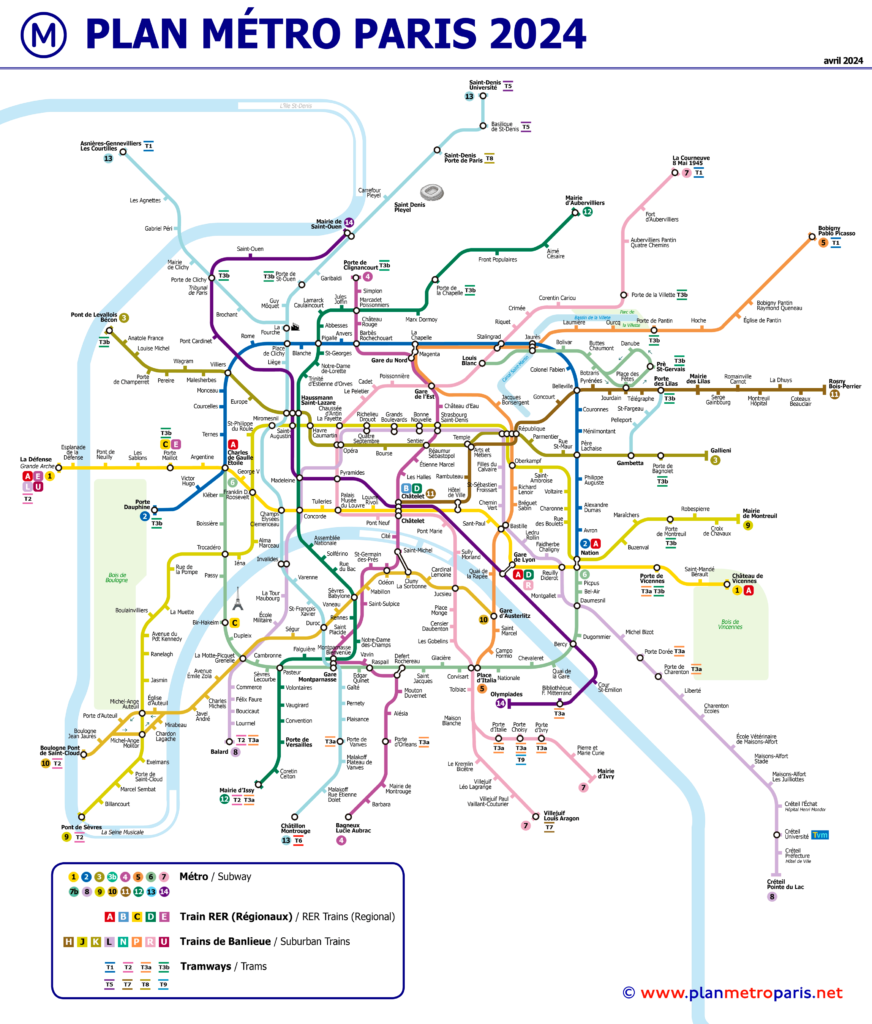
RECOMMENDATION: On the web TicketBar, You can save up to 20% in some bills as: Historic Paris and Notre Dame, Montmartre and the Louvre, River Cruise and Notre Dame, etc. Generally you can buy these tickets online and you save to queue.
History of the Metro
The Paris Metro, inaugurated on 19 July 1900, It was conceived as an underground alternative to the trams and carriages that crowded the city.
The first line, which connected Porte de Vincennes with Porte Maillot, It was designed by the engineer Fulgence Bienvenüe. And built under the direction of the Paris Metropolitan Railway Company (CMP). Since then, the subway has constantly evolved, expanding its network to adapt to the city's growth.
The Second World War and the economic crises did not stop its development, on the contrary, They promoted technological innovation that allowed the introduction of automatic trains and a more advanced signaling system.
At the moment, con 16 lines that cover more than 200 km, The Paris Metro continues to be an essential pillar in urban mobility, serving more than five million passengers a day.
History of the Paris Metro map
The first Paris metro map was developed in the 1970s. 1900, based on a rectilinear design that made reading easier. Engineer Lucien Lambeau devised the first simple scheme to help passengers understand the new underground network.
In 1931, Paul Garbutt introduced a more modern and organized design that laid the foundation for contemporary maps.
In the years 60, subway expansion required a more precise redesign that would allow passengers to easily navigate between lines and stations. Thanks to this, the iconic style of clear graphics and universal symbolism used today appeared.
The current design is largely attributed to the RATP company., which has constantly updated the map to reflect changes in the network, including the introduction of new lines such as the Línea 14.
Additional data
The Paris Metro not only connects Parisians with their work or homes, It is also the gateway to the main tourist sites of the city.
Bir-Hakeim station makes it easy to visit the Eiffel Tower, while Palais Royal-Musée du Louvre offers quick entry to the iconic museum. Charles de Gaulle-Étoile is the closest station to the Arc de Triomphe, and to access the Notre-Dame Cathedral, can be easily reached from Saint-Michel.
Montmartre, known for its Basilica of the Sacred Heart and its vibrant artistic life, It is a short walk from Abbesses station, which also has the deepest access well in the metro.
To visit the Palace of Versailles, You can take RER line C from Champ de Mars-Tour Eiffel station, giving tourists a comfortable ride to the palace entrance.
Other older maps
These maps below are a bit old, but if you want to see them, click above the map, to view larger image:
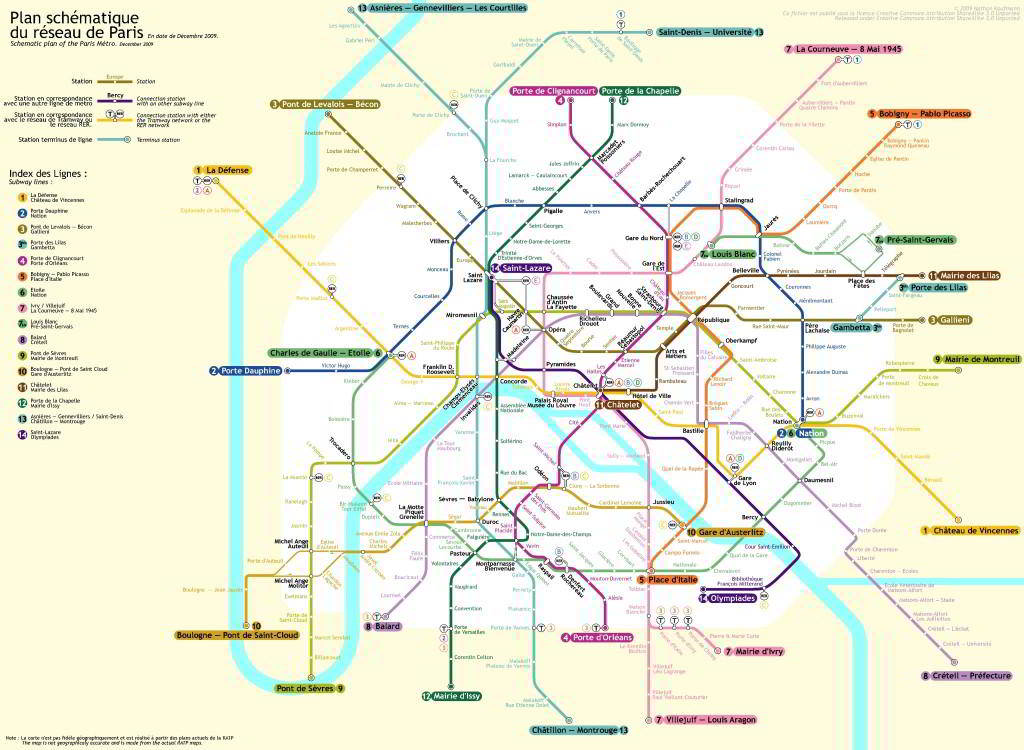
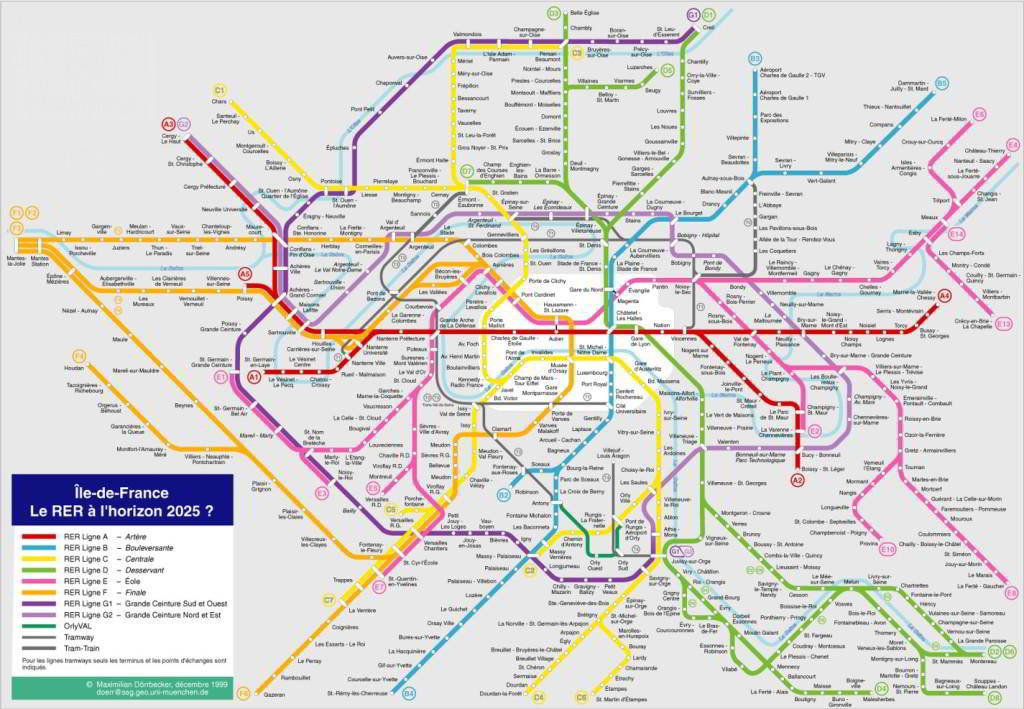
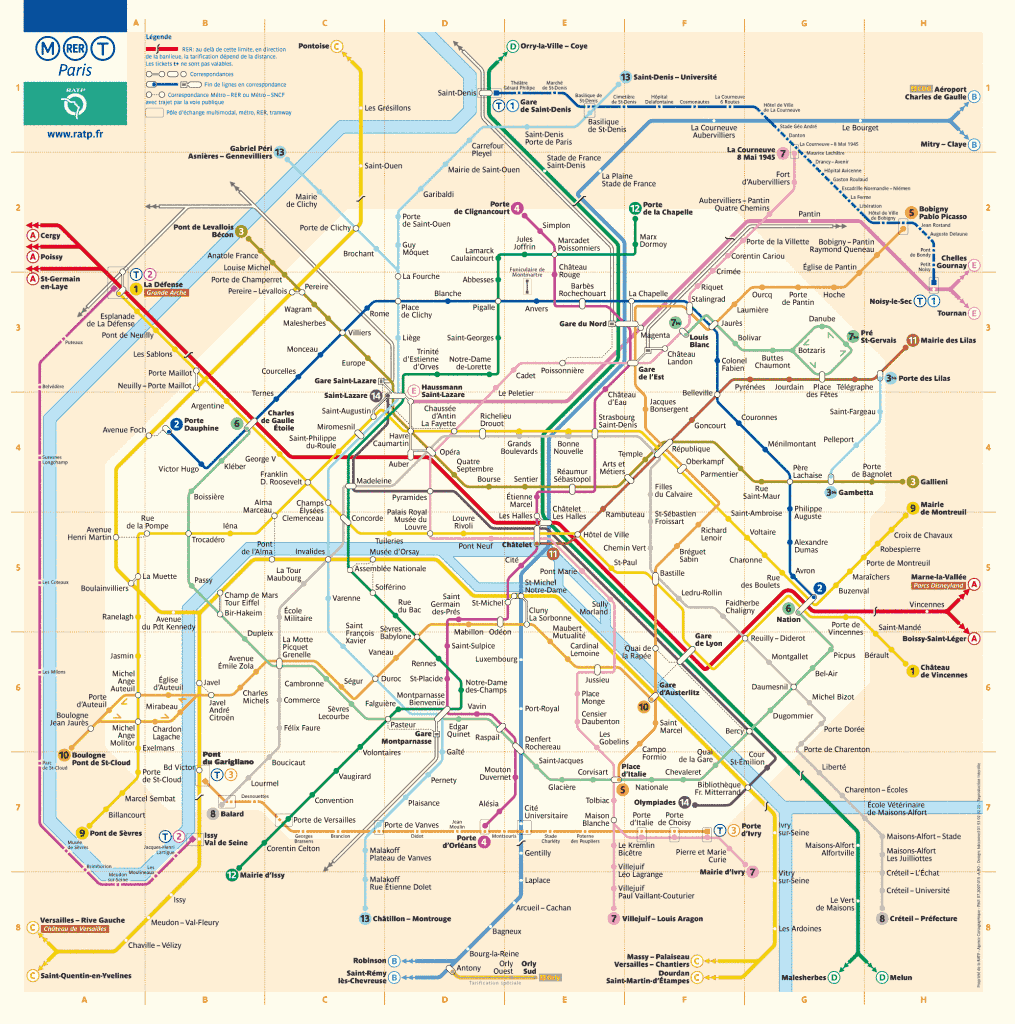
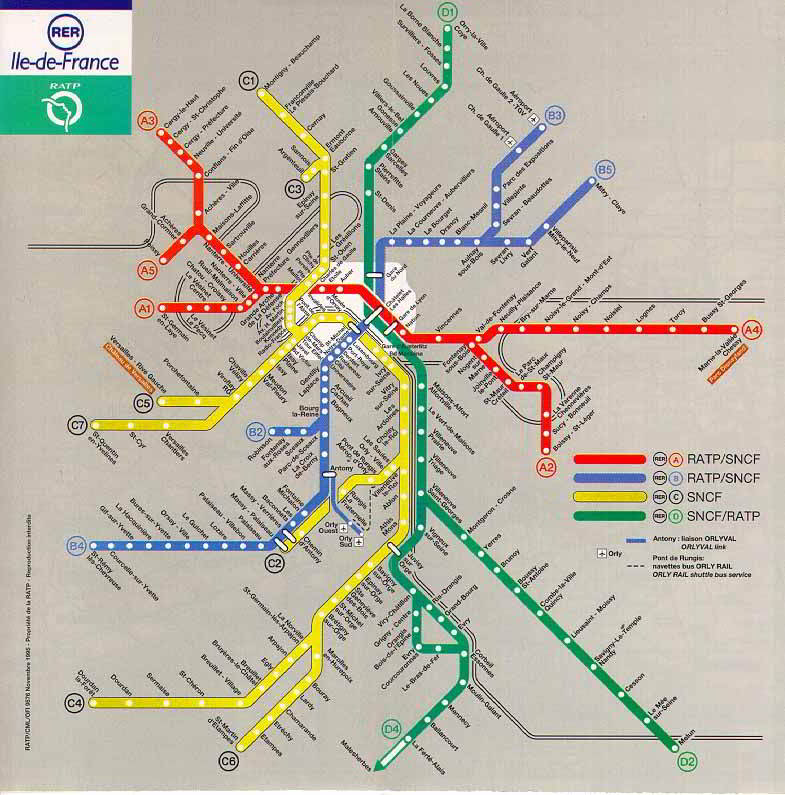
Links:

We want a subway map in 3D